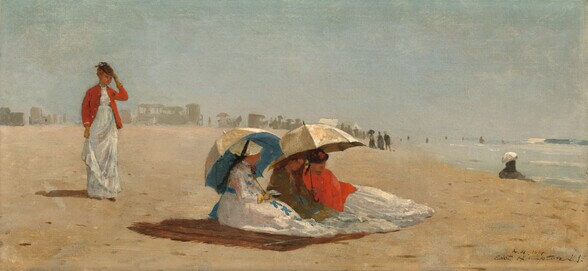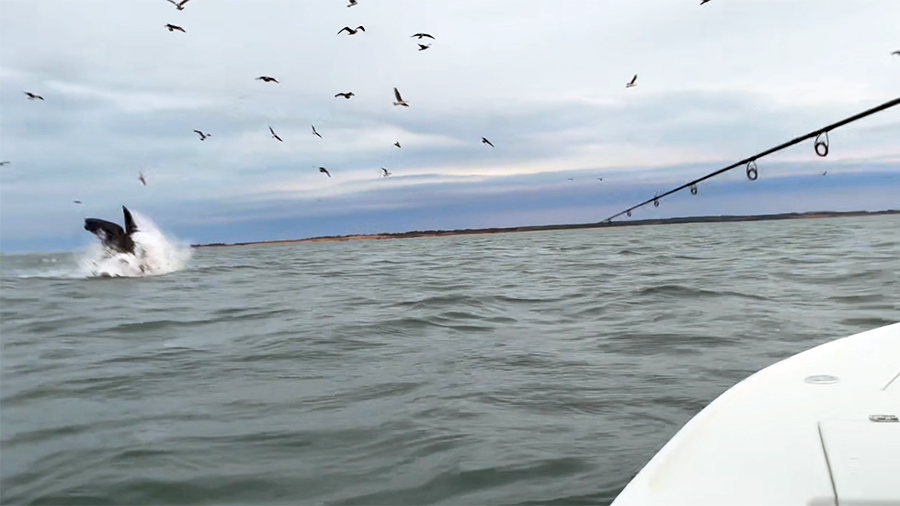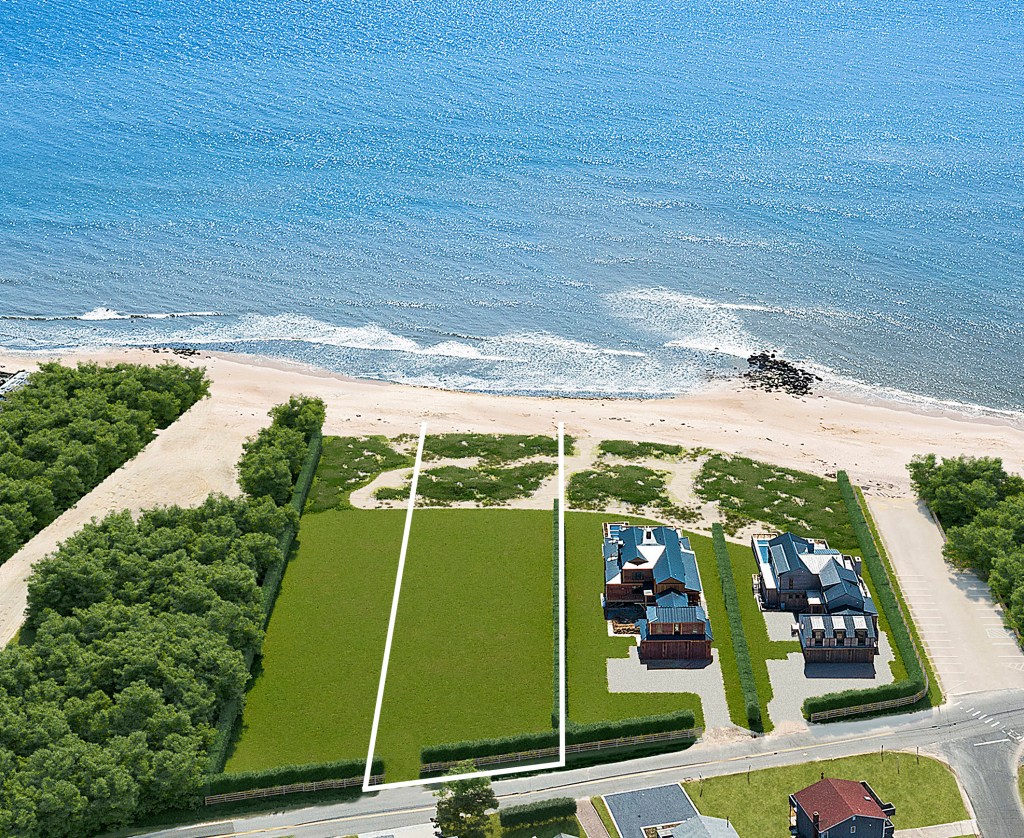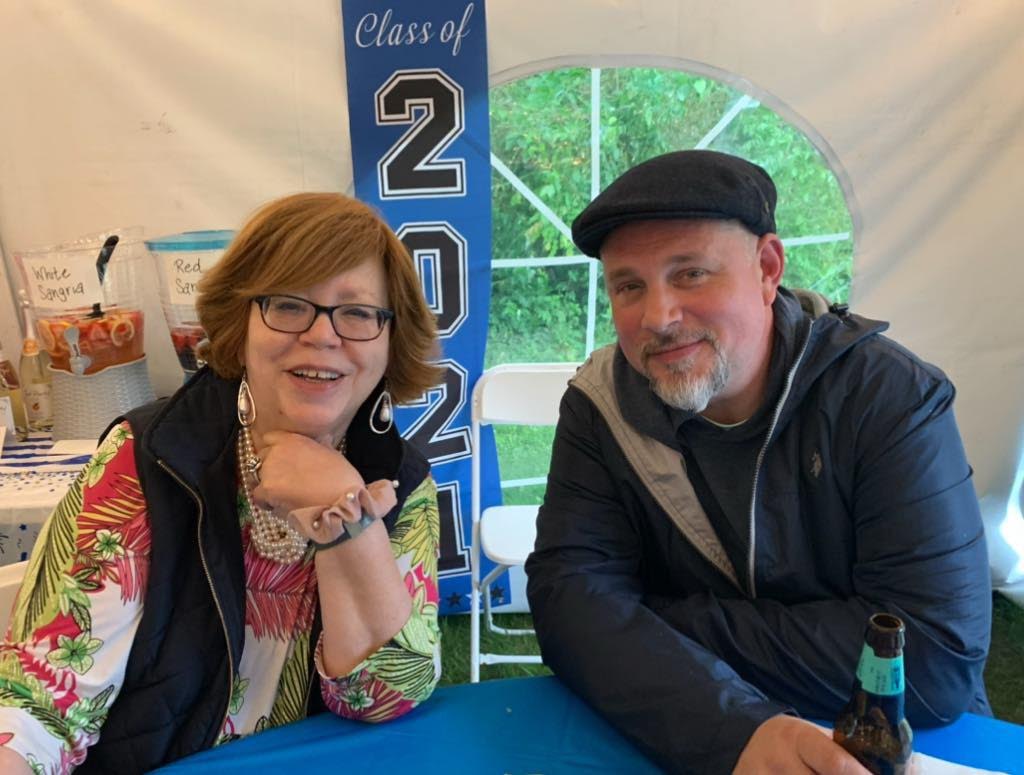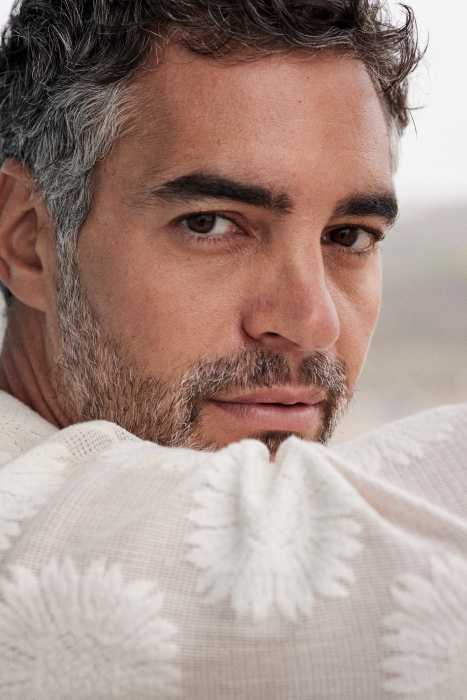Curious and creative, drawn by the dunes and the solitude, first they rode along the sand on horseback with their saddlebags stuffed with supplies.
The next group sailed there by steamboat, and when the iron horses belching steam and smoke connected the villages and hamlets, another passenger wave rolled into town. They brought the essentials — paint, palettes, pencils, sketchbooks — and easels to set up among the picturesque windmills and saltboxes.
Their stunning images captured the pure light of deserted beaches, the earthiness of potato fields and pastures, the stillness of marshes.
They revered the quiet, far from the cacophony of New York City, these artists who left Manhattan to paint Out East on Long Island.
Winslow Homer, Jackson Pollock, and other inspired wonder workers saw their work evolve, becoming airy and light.
As Samantha Shankman wrote in Habitat, “There may be no place where the bucolic brew of light, space, and silence comes together in quite as magical a way as the East End of Long Island.”
EAST END HAYRIDES
When the Long Island Rail Road connected to Bridgehampton in the early 1870s, two of the artists who visited the East End were Winslow Homer and William Merritt Chase.
Homer was inspired by the luminosity surrounding the coastline and captured what The New York Times later called “the iridescence found only at the South Fork’s beaches” — that “tang” in the light that attracted artists, as depicted in his 1874 oil painting East Hampton Beach.
As critic/poet Robert Long wrote about the influence of the ocean, “It plays tricks with the light, which seems both clear and soft.”
It was not just the luminescent Atlantic that intrigued these oil painters, watercolorists, illustrators, photographers, and other artists.
Disembarking from the train 150 years ago, before the signs of suburban development materialized across eastern Long Island, they embraced the pastoral scene.
They were entranced by the sights, scents and sounds of the woods, the ponds, and the brooks, along with the endless open fields full of corn, wheat, and potatoes.
Local farmers took the visiting visionaries on hayrides, pointing out pastures and scenic spots, allowing them to set up easels in fields bathed by ethereal light.
Then, starting in 1877, members of Manhattan’s Tile Club, who painted decorative ceramic tiles by hand, traveled east on sketching expeditions.
One club guest, Thomas Horan, first visited the East End in September 1978.
A few years later, Moran and his wife Mary Nimmo Moran built a house on Main Street in East Hampton Village overlooking Goose Pond.
They continued their creative output, he with his landscape paintings and she with her etchings.
William Merritt Chase was the next to admire the light, especially in Shinnecock, in 1886.
The Smithsonian American Art Museum observed that his earlier dark-toned paintings were replaced with “a lightened palette, reflecting the influence of French Impressionism.”
Five years later, Chase helped establish the Shinnecock Hills Summer School of Art; over the next 11 years, thousands of students attended, creating art using the en plein air — painting outside from nature — technique.
CHALLENGING THE NORMS
Another artists group, members of the Peconic Bay Impressionists, were fascinated by the North Fork’s expansive views.
They employed thin, quick brush strokes to realize their vision. Around the turn of the 20th century, Caroline M. “Dolly” Bell founded the movement, which began in Mattituck. She started teaching in the 1920s; her mostly female students, dressed in checked dresses as they stood at their easels and painted, drew attention.
Some dismissively called them “the girls who paint.” The women were “really an early group of feminists,” because “they went out on their own, when they were supposed to stay at home,” Terry Wallace, executive director of the Gardiner Mill Cottage Gallery, told Patch.com.
But public attitudes were changing: On Aug. 18, 1920, the 19th Amendment granted women the right to vote. By the late 1920s, when there were eight women in the Peconic Bay group, men were allowed to join.
The quality of the light also captivated Jackson Pollock, who bought a house on Accabonac Creek in Springs near East Hampton in 1945.
Lance Richardson described in The Sydney Morning Herald how the area looked then, when “it was still open fields and patches of scrub oak and modest cottages owned by Bonackers, the name for local fishermen.”
Pollock’s palette lightened: His 1946 painting “‘Shimmering Substance’ has the character of a sun-dappled summer day,” as described by the Museum of Modern Art.
LIGHT SCIENCE
In addition to artistic vision, there is the scientific fact of increased visibility.
As CBS radio meteorologist Craig Allen told The New York Times, ”Visibility on the East End may be 8 to 10 miles,” he said, ”while close to the city it drops to 2 to 4 miles.”
The lure of the light has drawn — and continues to draw — such titans of the art world as Roy Lichtenstein, Willem and Elaine de Kooning, and others, who moved to the area as full- or part-time residents over the years and continued to create what many critics call their most important work.
As Sarah Aibel, contemporary glazed stoneware artist, told Cultured Magazine: “The East End has an invigorating creative energy unlike anywhere else, as though it emanates from the sands, the soils, the sky.”




